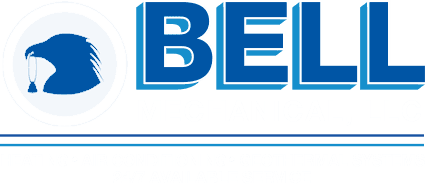When it comes to heating and cooling your home in Mahopac, NY, choosing the right HVAC system is crucial for both your comfort and energy efficiency. With various options available in the market, it can be challenging to decide which system is best for your needs.
We will explore the pros and cons of mini split systems and traditional HVAC systems to help you make an informed decision for your home.
Mini Split Systems and Traditional HVAC Systems Explained
Before diving into the pros and cons, let's first understand the basics of these two HVAC systems:
Mini Split Systems
Also known as ductless systems, mini split systems consist of an outdoor compressor/condenser unit and one or more indoor air handling units. These systems are connected by a conduit that houses the power cable, refrigerant tubing, and condensate drain. Mini split systems provide both heating and cooling solutions without the need for ductwork.
Traditional HVAC Systems
A traditional HVAC system typically includes a furnace, an air conditioner, and a network of ducts that distribute conditioned air throughout your home. These systems rely on ductwork to circulate air and can provide both heating and cooling solutions.
Pros and Cons of Mini Split Systems
Mini split systems offer several advantages over traditional HVAC systems, such as:
- Energy Efficiency: Mini split systems can save up to 30% of energy compared to traditional HVAC systems due to their ductless design, which eliminates energy losses associated with duct leaks.
- Flexibility: Mini split systems offer zone-specific temperature control, allowing you to heat or cool only the rooms you're using. This can lead to significant energy savings and increased comfort.
- Easy Installation: Since mini split systems don't require ductwork, they are easier and faster to install compared to traditional HVAC systems.
However, mini split systems can also have some drawbacks:
- Higher Upfront Cost: Mini split systems can be more expensive to purchase and install compared to traditional HVAC systems. However, the long-term energy savings can offset this initial cost.
- Aesthetics: Some homeowners may not prefer the appearance of indoor air handling units, which are typically wall-mounted.
Pros and Cons of Traditional HVAC Systems
Traditional HVAC systems also have their own set of advantages and disadvantages:
- Uniform Temperature Distribution: Traditional HVAC systems can provide a consistent temperature throughout your home, which some homeowners may prefer.
- Integration with Existing Ductwork: If your home already has ductwork in place, installing a traditional HVAC system can be more cost-effective.
On the other hand, traditional HVAC systems have some downsides:
- Energy Losses: As mentioned earlier, duct leaks can lead to significant energy losses, making traditional HVAC systems less energy efficient compared to mini split systems.
- Higher Maintenance: Traditional HVAC systems require regular maintenance, such as duct cleaning and sealing, to ensure optimal performance and energy efficiency.
Choosing the Right System for Your Mahopac Home
Ultimately, the decision between a mini split system and a traditional HVAC system depends on your specific:
- Needs
- Preferences
- And budget
If energy efficiency, flexibility, and easy installation are your top priorities, a mini split system may be the best choice for you. On the other hand, if you prefer uniform temperature distribution and have existing ductwork, a traditional HVAC system might be more suitable.
Call the Team at Bell Mechanical, LLC Today
At Bell Mechanical, LLC, we offer expert advice and professional installation services for both mini split systems and traditional HVAC systems. Our experienced team can help you determine the best option for your Mahopac home and ensure a seamless installation process.
Contact us today to learn more about our services and schedule a consultation.


